Fascinating Viking symbols and their meanings
If you love history, then Viking symbols will fascinate you. The Vikings, Scandinavians who raided and traded from Northern European homelands from the late 8th to late 11th centuries, were well known and feared in Europe.

They were able to achieve a lot of what they did because of their belief. Their symbols played a major role in the Viking culture. They were mostly a representation of their faith. These signs capture how the group related to their gods.
The signs are also referred to as Norse symbols. The article focuses on a few of the most crucial symbols that you can easily spot on ancient accessories and pieces of jewelry. The signs represented a blessing or a curse.
Top Viking symbols and meanings
Which is your favorite Viking symbol? There are different Viking designs that existed back then. In most cases, the symbols were used to signify specific aspects of life. The list below captures different Norse symbols and meanings. They include:
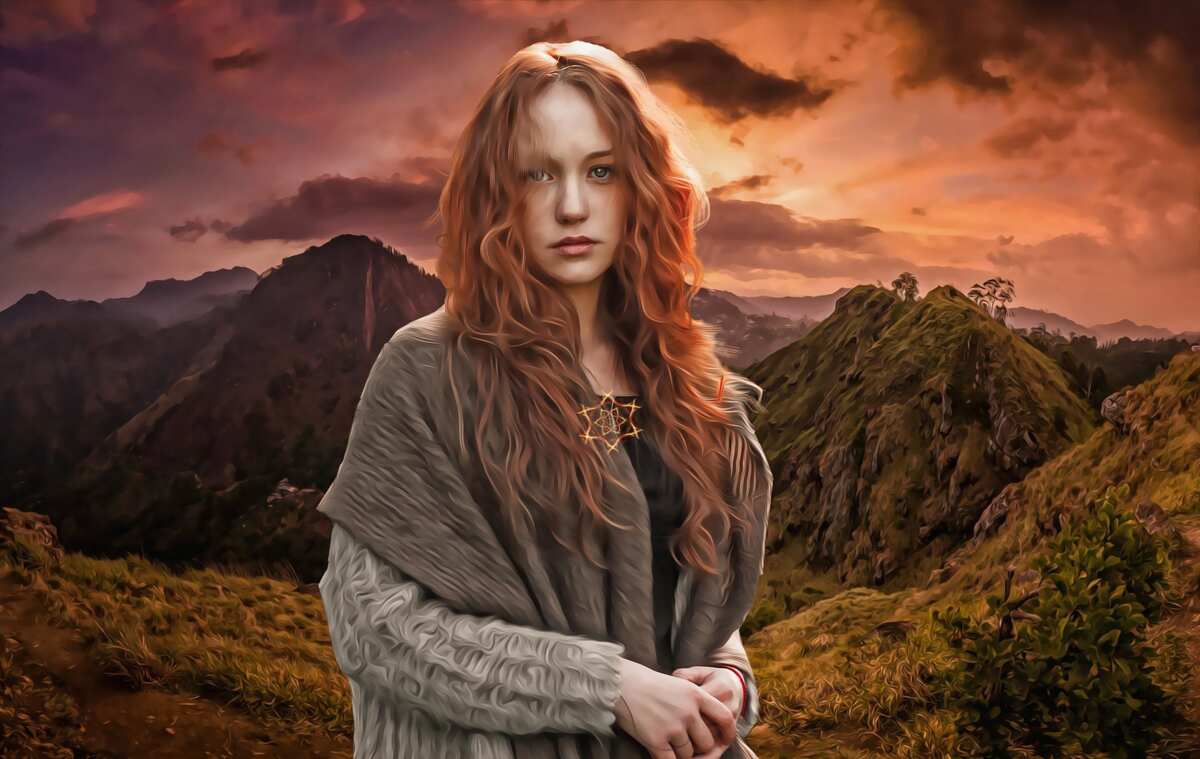
Read also
Who is Scathach: legend, pronunciation, appearances in popular culture
1. Valknut

This is probably one of the most common and powerful symbols. It is also known by different names, including Odin’s knot, Hrungnir’s heart, the knot of the slain warrior, or the Heart of Vala. If you were wondering what the viking knot is, then this is it. The Valknut is derived from two different words: ‘Valr’ which means slain warrior and ‘knut,’ which means knot.
Based on the Norse faith, in Valhalla, which is the Hall of the Slain, Odin, the god of death and war in Norse mythology, would welcome the warriors that have been slain or killed in battle. The fact that many Viking tombs had the Valknut sign, or animals that were linked to the god, many experts concluded that the Valknut is Odin's symbol.
The symbol is represented by the nine corners of three triangles that form the Valknut symbol. It also means nine worlds of Norse mythology as well as a life cycle through pregnancy and motherhood.
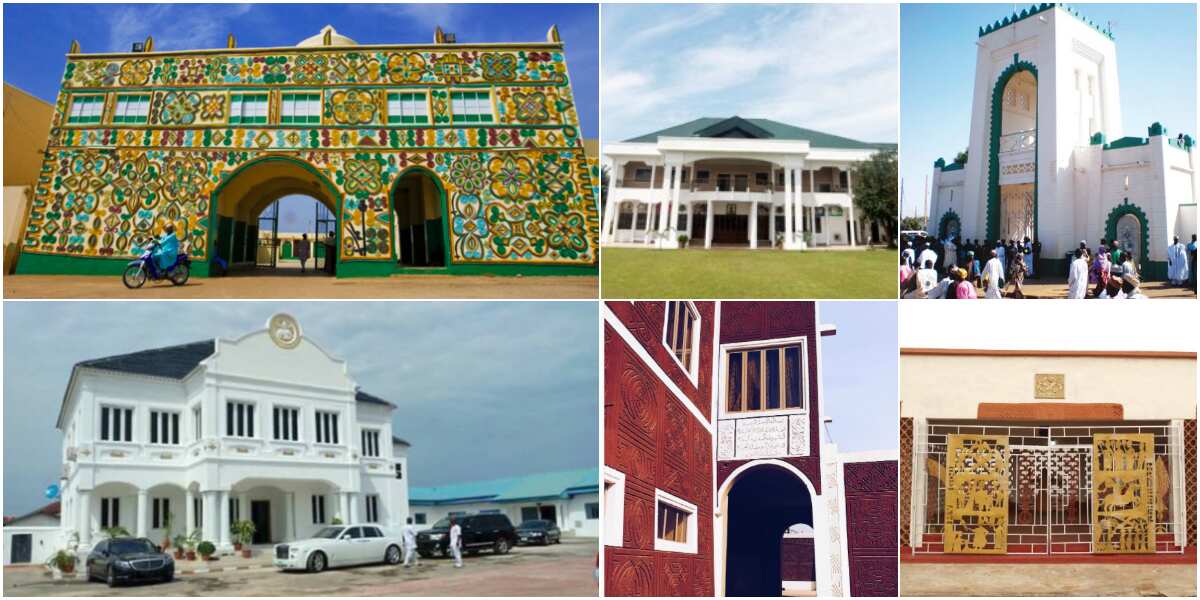
Read also
6 most beautiful palaces in Nigeria and their adorable pictures
2. Yggdrasil

Yggdrasil is the Tree of Life. It is not only one of the most prominent Viking symbols but also one of the most important elements of the Norse faith itself. If you are a keen follower of the ancient Greek mythology, then you know how crucial this symbol is.
Based on the Norse mythology, Yggdrasil refers to the great tree connecting the nine worlds or the nine realms of the universe. These are:
- Asgard
- Svartalfheim
- Midgard
- Muspelheim
- Jotunheim
- Vanaheim
- Niflheim
- Alfheim
- Helheim.
This explains why the symbol is considered the interconnectedness sign of all things in the universe. Yggdrasil stands in a spring of water according to the Norse faith, which suggests that all life comes from water. That is one of the reasons why it is called the Tree of Life.
The symbol of Yggdrasil appears in the mythology of numerous ancient cultures as a symbol of the connection of all the things in the world. It shows that nothing can die and that everything is in the constant state of unending and continuous transformation.

Read also
Tianjin Binhai: Photos and video show Chinese big library with 1.2 million books and tall shelves
It is also believed that Yggdrasil’s fruits provide youth for the gods. In a rather critical belief by Norse mythology, it is considered that the end of the word will be caused by Ragnarok – which is the battle between gods.
The result will be the survival of only one man and woman who will hide inside the hollow of the tree. They will leave the tree to provide a new life on the word. Therefore, the Tree of Life is also considered a tree that will protect the entity from Ragnarok.
In other considerations, the Yggdrasil was not only believed to be a tree of life but also a “tree of terror.” This is because the Yggdrasil was the tree on which Odin hung when he decided to sacrifice himself to himself as a quest for wisdom.
In addition to that, the cruel, death dragon Nidhoggr gnaws at the tree’s roots while an eagle is flying and nestling in its upper branches and Ratatoskr, a squirrel, is running up and down delivering the message between the two.

Read also
Eucharia Anunobi, Jimmy Odukoya, 4 other Nollywood celebrities who are preachers
3. Aegishjalmr/ Aegishjalmur

It is also referred to as the Helm of Awe and terror. It is a rune stave known as a Viking symbol of protection. The symbol comprises two old Norse languages aegis which means, ‘shield’ and hjalmr, which means ‘helm’. However, helm, in this case, refers to 'the forefront’. Historically, the Viking warriors used to draw Aegishjalmr on their foreheads. This would serve as a protective measure, as well as scare aware their enemies.
Like most of the other symbols in this category, the Aegishjalmur is mentioned in a couple of sagas regarding the deeds of the Viking heroes. This includes the Völsunga Saga. Today, the symbol is often drawn in tattoos. Those who prefer having it believe that they are protected, especially if they are Asatru believers.
A lot of Vikings painted the Aegishjalmur symbol on their helmets or armor. They had this belief that the Aegishjalmur symbol offered necessary protection and power during wars. Most of them also considered this symbol as a powerful tool to create fear in their enemies.

Read also
5 influential former BBNaija housemates on social media
The depiction of the Aegishjalmur symbol can be found in a vast number of Norse writings that include the Völsunga sagas and poems by Edda. The two describe how Fafnir, dragon, explains how he can use Aegishjalmur to become invisible.
4. Vegvisir
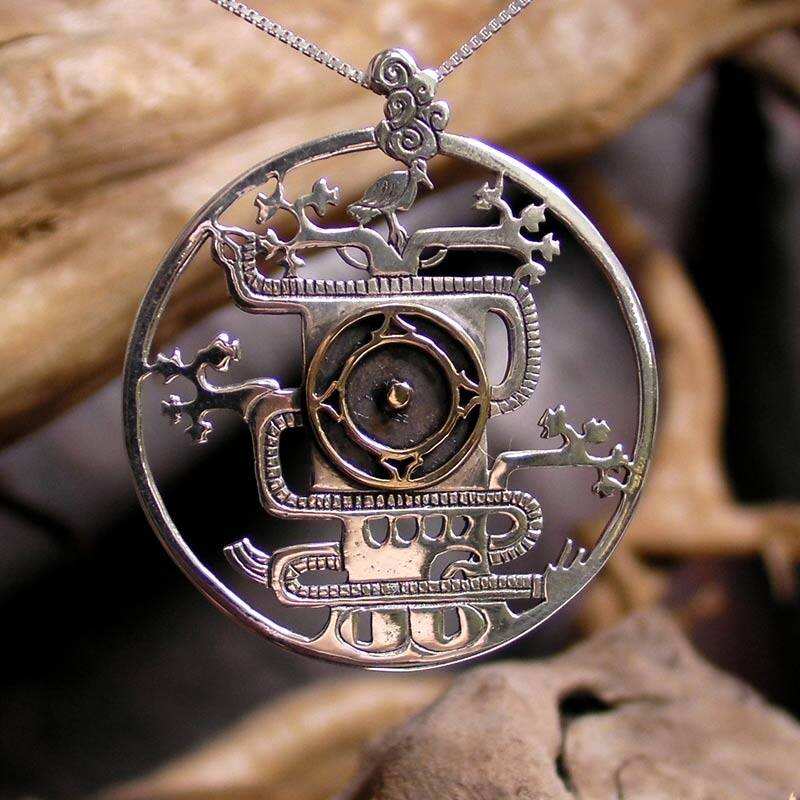
It is commonly referred to as the Runic compass. Some experts have named it the Viking compass or the Viking symbol of guidance. It refers to 'That which shows the way.' The similarity between it and the Aegishjalmr sometimes causes confusion between them. It also the rune staves.
It is the Nordic compass that is believed to offer guidance for a person who is likely to lose or one who has already lost his way. It was used on Viking ships before they set sail. This was a way of ensuring that they would come back home safely. Even so, the fact that there are few references showing its origin, its originality has been contested.

Read also
Sunflower symbolism explained: What does this beautiful flower represent?
This is one of the ancient Viking symbols that was considered essential for Vikings assistants. They believed the Vegvisir, offered them the necessary assistance and guidance to people who lost their path in life. Vikings may have had the right instruments to help them find life's direction such as sunstones, and Uunartoq disc, the more important part of navigation tools were visual cues. These, in addition to their keen sense of direction, worked wonders.
If you consider the fact that Vikings used to face various sea disasters, you can understand they wanted magical help to accompany them. This Vegvisir sign can be found in the Huld Manuscript. Despite not having information about its age, it is believed to have links with the Icelandic people, who are the descendants of Vikings. They have spent all their life sailing in the wild oceans using the sign's assistance.
Apart from the belief of safe voyage, Vikings used the symbol and drew it on the Viking ships before they set sail to ensure they will come back home safe and un-injured.
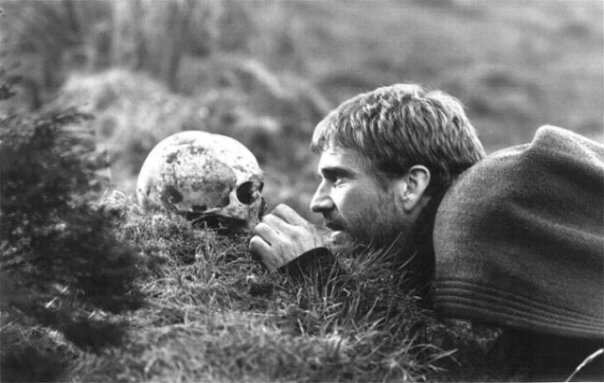
Read also
Hamlet quotes on revenge,love, and madness themes
5. The Triple Horn of Odin or the Horn Triskelion

The Triple Horn of Odin is a Viking symbol that consists of three interlocking horns. These horns represent the three horns in the myth of Odin and his quest for the magical mead, Odhroerir/Óðrerir, famously known as the Mead of Poetry.
According to ancient belief, the two dwarves whose names were Fjalar and Galar killed Kvasir – a being that was created from the spit of Vanir and Æsir/Aesir. These are considered the 2 factions of gods in Norse mythology that understood all things and had answers to all questions.
The dwarves mixed Kvasir’s blood with honey and poured it in three horns named Óðrœrir or Odhroerir, Boðn, and Són. It is said that Odin used his smartness to trick Gunnlöð, a giantess.
He convinced her to allow him to have a sip of the mead for three days when only a single sip a day was acceptable. Odin cunningly used a whole horn for each time, thus draining all of the Mead of Poetry. He gained power and transformed into an eagle, which made it possible for him to escape.
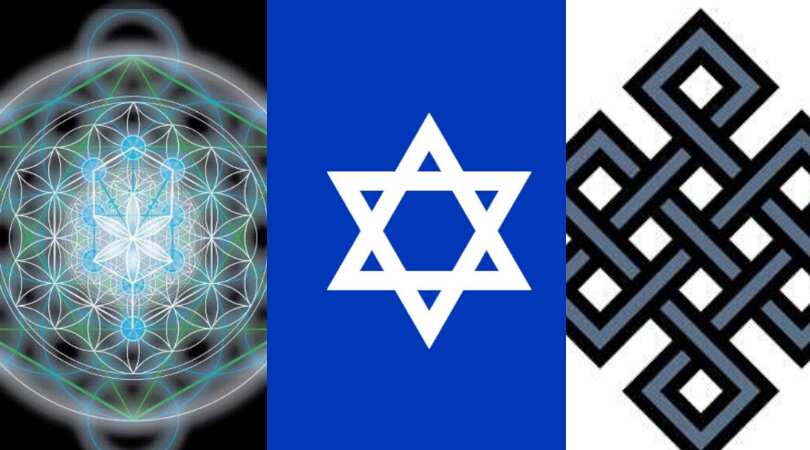
Read also
Which are the top sacred geometry symbols?
6. Mjölnir

It is also known as the hammer of Thor, which symbolizes strength and protection. Throughout history, it is one of the most authentic and significant symbols in Norse mythology. The Mjölnir/ Thor’s hammer has been replicated in different artworks and even in modern movies, indicating its popularity and significance. Even though it is from an ancient time, it still holds so much power historically and in present times.
Historians and experts have come across different meanings of the symbol. One of the earlier meanings claims that the Mjöllnir means ‘lightning.' Other notable experts suggest that it could mean white like the color of lightning. It has also been linked with ‘new snow’ in a way that it represents purity.
Another varied interpretation means crushing/ to crush. The mythology refers to the hammer as a tool used by Thor on many occasions for varied things. He used it to consecrate things, bringing them from the realm of chaos into the sacred realm, known as cosmos.
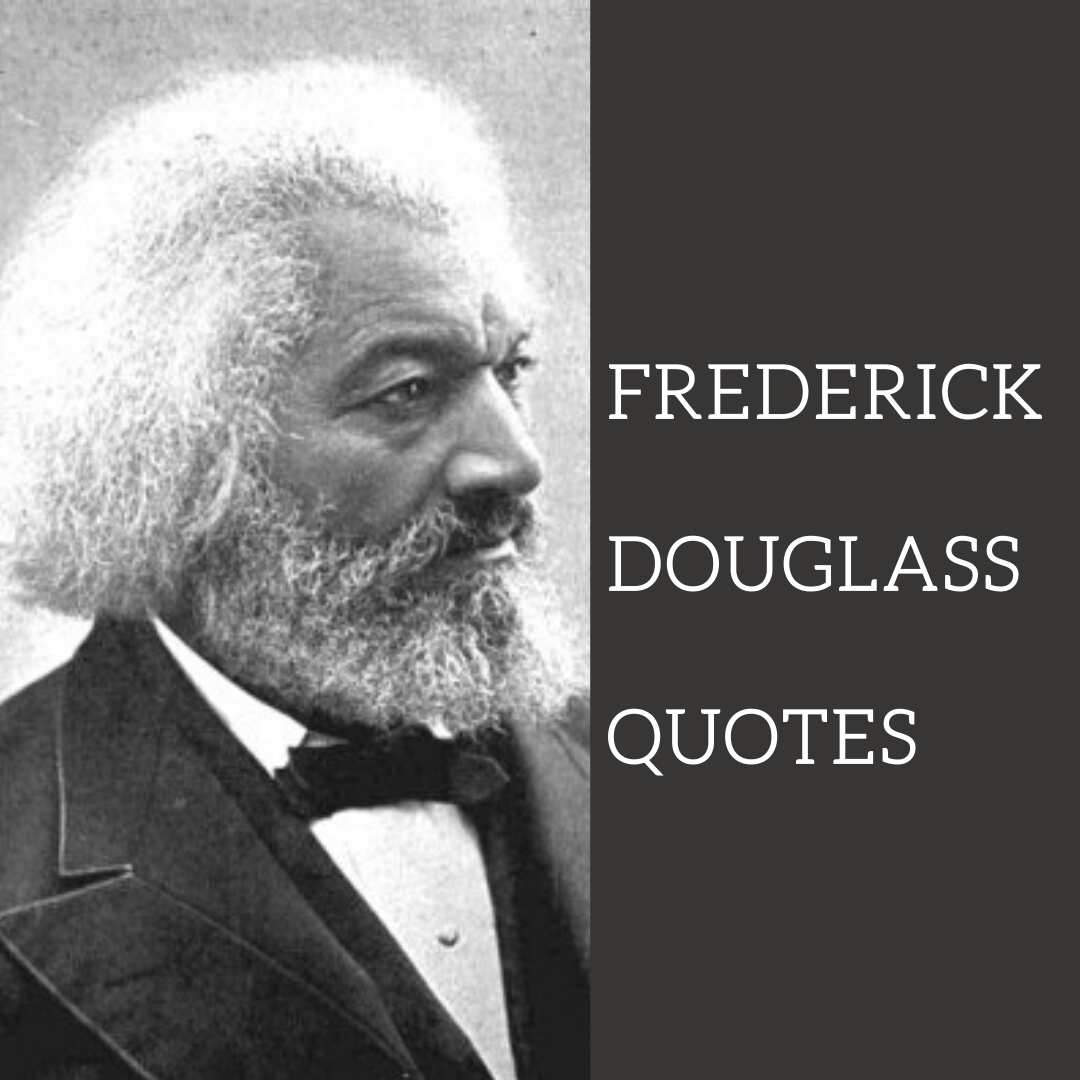
Read also
The most famous Frederick Douglass quotes on education, power and slavery
A different belief claims that he used Mjölnir to bless marriages and offer couples fertility as a token. Thor was known to be the people's protector. His tool against chaos was the Mjölnir. He fought giants and guarded the cosmos against the giants by crushing them with the hammer. It is not surprising, therefore, that the hammer of Thor is considered a Norse symbol of protection.
In more relatable events, the Viking warriors would wear Thor’s Hammer as an amulet whenever they set out to battle. The amulet would offer protection. This tradition conditioned even when most of the Vikings transformed and adopted Christianity as their religion. The amulets would be worn alongside Christian crosses. Today, besides being a famous Norse protection symbol, Mjölnir represents the Germanic Neopaganism faith known as Heathenry or Heathenism.
7. The Sw*stika
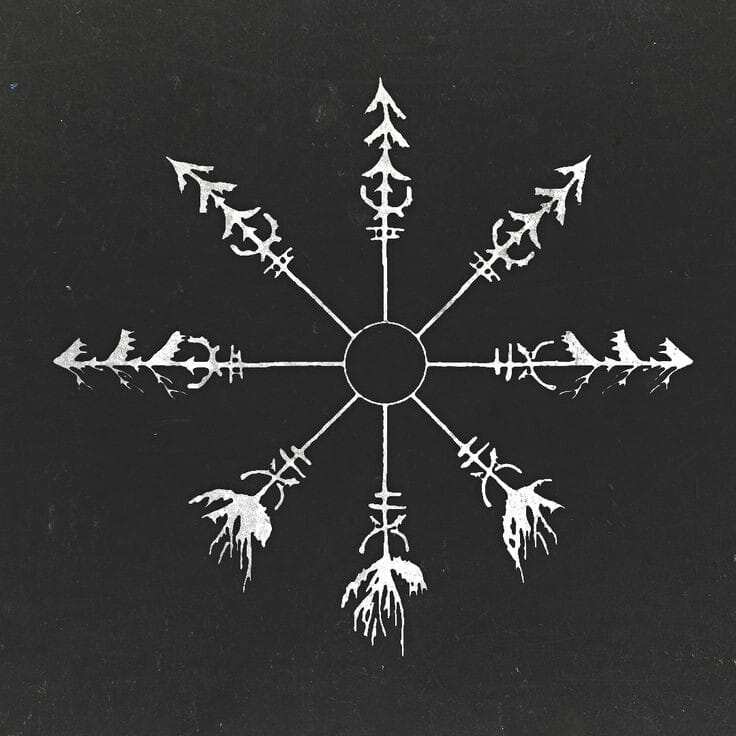
While there are several Viking symbols that may have lost meaning, the Sw*stika is most definitely the one that almost lost its true meaning. The sign was used for consecration and blessing by Vikings and Indo-Europeans. It was utilized in a manner that is very similar to Mjölnir. It was appropriated by Hitler and the N*zi party and is unfortunately widely linked to only that from the time.

Read also
The most powerful Pokemon of all time
The sign remains one of those that brings luck and holiness. It is still considered a lucky charm, and a tool that could deliver one from a chaotic situation to one of prosperity, strength, and success.
8. Svefnthorn

The Svefnthorn is one of the most authentic Viking symbols that was mentioned countless times in several Norse sagas, including The Saga of the Volsungs, The Saga of King Hrolf Kraki as well as Gongu-Hrolf’s Saga. Its appearance, definition as well as magical qualities may be different in every myth, all the stories have one thing in common, and that is the fact that the Svefnthorn was mainly used to put one’s enemies to sleep.
This sign was utilized by both people and gods to subject enemies to a long and deep sleep. In an example that many can relate with, Odin put Valkyrie Brynhildr/Brunhild into a deep sleep in the Saga of the Volsungs. The lady remained in the state of deep slumber until she was saved by Sigurd.

Read also
Top Candide, critique, love, and freedom Voltaire quotes
Queen Olof also made use of the Svefnthorn to put King Helgi to sleep in the saga of King Hrolf Kraki, and he remained in that state for several hours. Vilhjalmr, on the other hand, used it on Hrolf in Gongu-Hrolf’s saga. Hrolf did not wake up until the next day.
9. Huginn and Muninn or the Twin Ravens of Odin
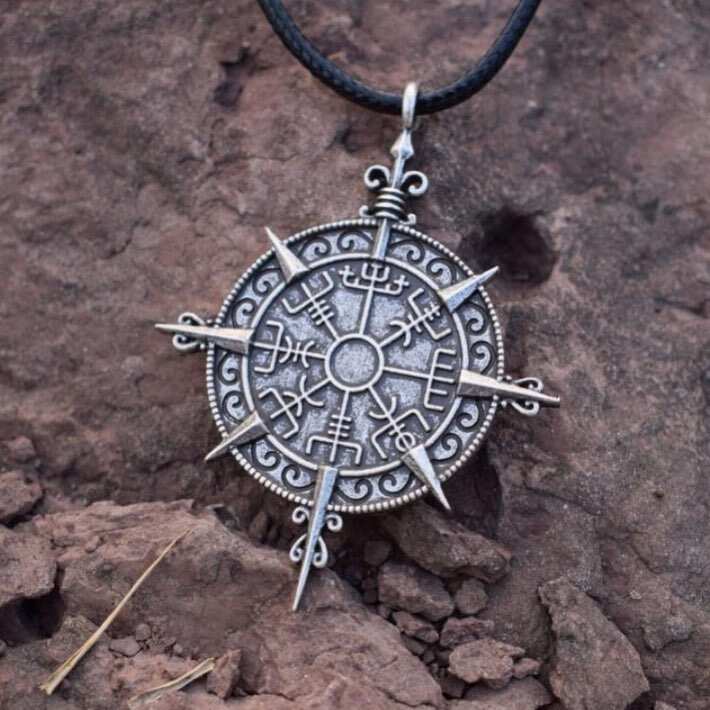
Apart from the famous Viking knotwork, the Huginn and Muninn signs are also popular. These are the two ravens that served and worked for Odin the Allfather as reliable messengers. In different artworks that have been done, they are often depicted sitting on his shoulders.
Huginn and Muninn were sent to fly around the world in a day. They had been empowered and given the ability to understand human language, as well as converse with people.
Some experts have also suggested that Huginn and Muninn may be projections of Odin’s consciousness. ‘Huginn’ and ‘Muninn’ literally mean ‘thought’ and ‘mind,’ respectively, something that strengthens this theory.
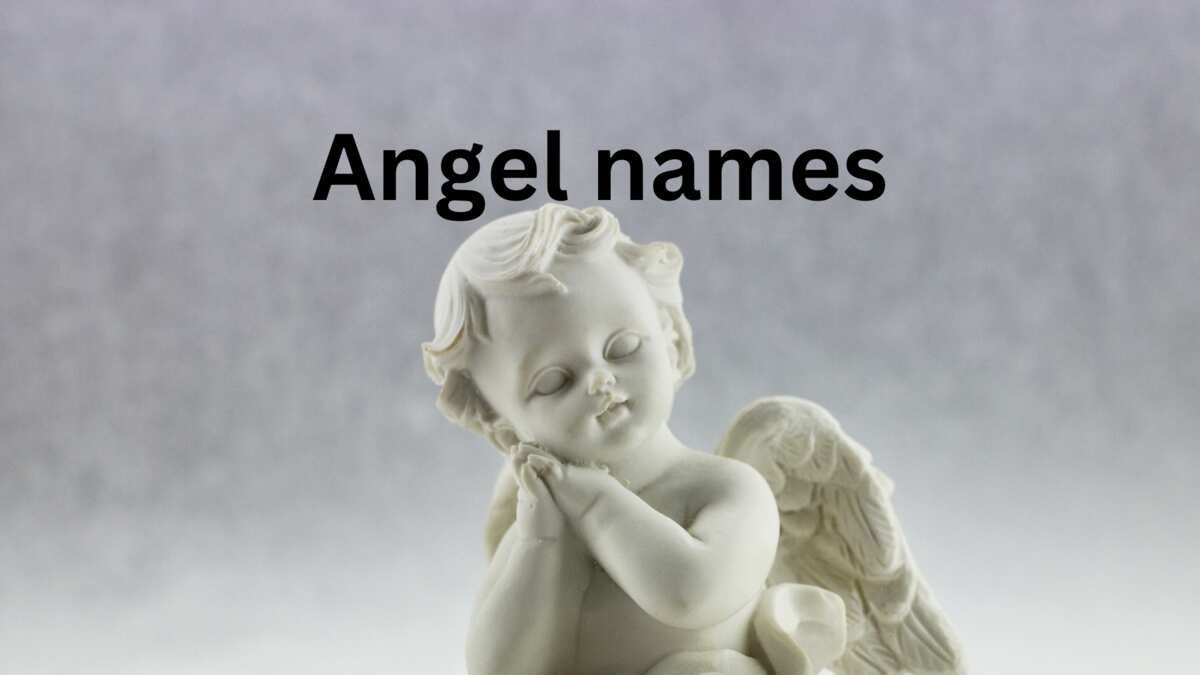
Read also
150+ charming angel names to give your little bundle of joy
Which of the above-mentioned Viking symbols did you like most? Each of them is unique and different. If you are looking for a sign from the past to inspire you to do something, Vikings signs can be a great place to start.
Source: Legit.ng
ncG1vNJzZmivp6x7rbHGoqtnppdkfnR8lWxpcGWWlsCktc2aq6Kml2LDqrfIp55mq6mir7C40maknpmenruov42hq6ak